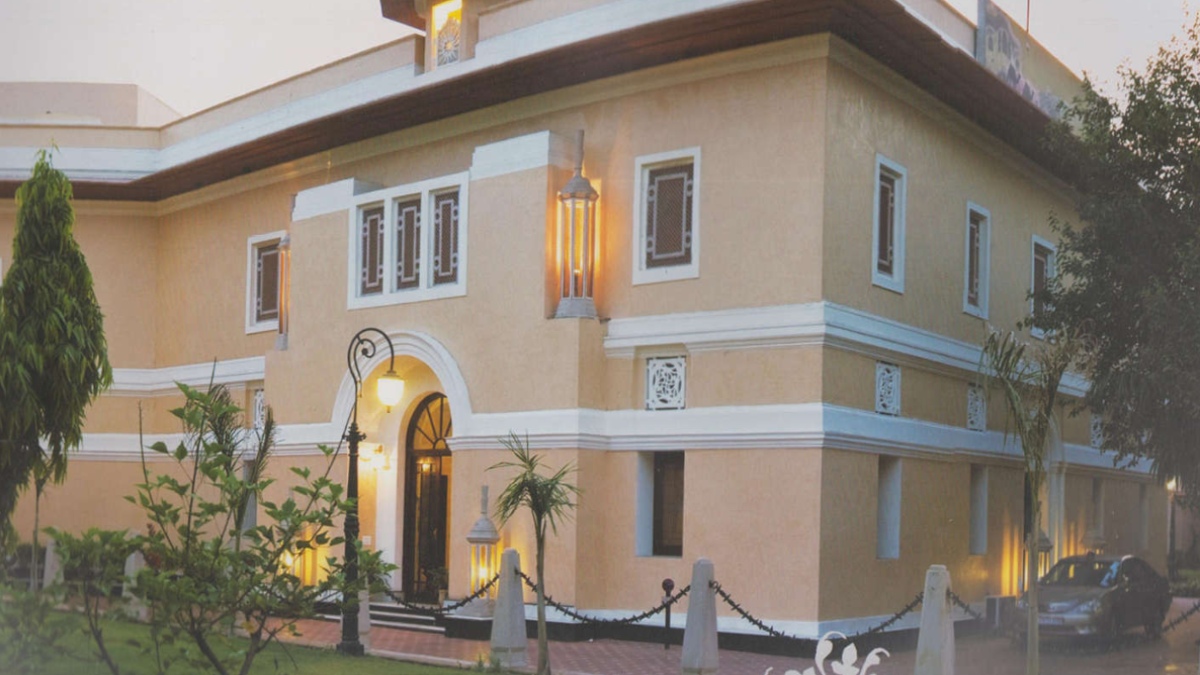
For most of us who grew up in Lutyens’ Delhi, the erstwhile palaces of Princely India merely became synonyms for sarkari offices. I spent two lovely years in Curzon Road (or Kasturba Gandhi Marg, as it is known today) and recall these buildings as everyday symbols of a young girl’s college life. Taking the bus to college, walking across the Rashtrapati Bhavan each morning, trudging to play badminton in the External Affairs hostel, one never realised that many a dilapidated edifice around us were actually home to the erstwhile Maharajas.




Patiala House was where you got your documents notarized, Hyderabad House was at the end of the road, Bikaner House was where you caught a bus to go to Jaipur and Alwar House was where a friend worked for the Human Rights Commision. Hence, it was a real delight to receive a souvenir copy of the Bikaner House from the gracious management of this cultural centre and browse through the marvel of an elegant home which had been restored to near-original glory.
Founded by the visionary ruler HH Maharaja Ganga Singh, historically known for his ambitious Ganga Canal work, Bikaner House was designed by British architect Blomefield and has played host to the who’s who of British and Indian nobility. On several occasions during the 1930s and 40s, the Council of Indian Princes held deliberation as guests of the Bikaner family. HH Ganga Singhji personally played host to King George the Vth, Mohammad Ali Jinnah, while his father HH Sadul Singhji often had his dear friend Lord Mountbatten drop in for a game of badminton with his pretty wife, Lady Edwina.
Restored today by the Government of Rajasthan and turned into one of the city’s most gracious cultural venues, Bikaner House must hold the torch for other royal homes to be restored to their past regalia.